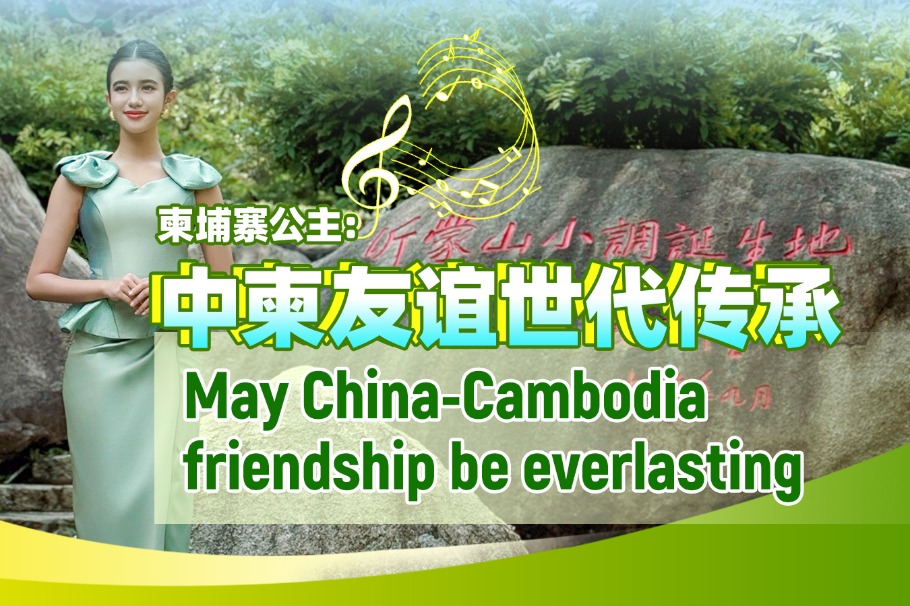CULTURAL CROWN JEWELS
Experts explore a new way of promoting the nation's artistic legacy by combining the eight imperial handicrafts, once the preserve of emperors and their courtesans, with the contemporary designs of a modern fashion brand, Yang Feiyue reports.

Among artworks that were unveiled in Changle county, Weifang city, East China's Shandong province, in late May, a decorative plate stood out. The plate features a dark brown wooden frame carved with delicate blossoms, while the body is adorned with auspicious patterns using lacquer and gold powder. In the center of the plate, an imposing dragon relief is fashioned out of gold and surrounded by eight delicate floral motifs.
The whole thing symbolizes continuous blessings, auspiciousness and prosperity, according to Bai Qun, curator of the Beijing Eight Imperial Handicrafts Museum.
"It is the successful integration of several types of intangible cultural heritage, especially with the application of gold lacquer and filigree inlaying," Bai says.
It is one of 38 artworks that were jointly made by master artists from the museum and the Shandong-based jewelry maker Mokingran.
Other artworks include jewelry for various occasions, such as a pendant by the museum's artist Li Delun that is touched with elements of gold lacquer inlaying, enamel and filigree. A special collection highlighting Confucianism is also presented, taking inspiration from the totems and architecture at the Temple of Confucius, as well as relics found at the Confucius Museum, in the province's Qufu city.
It is part of the effort to inject new life into traditional crafts and patterns through the addition of modern workmanship and design, says Wang Zhongshan, founder of Mokingran.
"With the rise in consumption of domestic products and cultural confidence, the combination of traditional culture and modern craftsmanship is not only an innovative and developmental approach, but also a major trend for the future," says Wang, who, in the 1980s, inherited the traditional fine metalworking craftsmanship that involves metal shaping, engraving, inlaying and embossing from the Chinese arts and crafts master Nan Zhigang.
"It allows for the inheritance and promotion of finer elements of Chinese culture while making gold jewelry more diverse and personalized," Wang adds.
Wang has created many intricate and detailed works of art using gold and silver metals over the years, and was named a provincial inheritor of the fine metalwork craft by the Shandong culture and tourism department in 2018.
His company has evolved into a major domestic player in designing and making gold jewelry.
Wang says his identity as a craftsman, and years of experience in the business, convinced him that the cooperation with the Beijing museum will cater to the country's consumption upgrade.
"China has a splendid culture spanning thousands of years, and it is every intangible cultural heritage inheritor's responsibility to express it in a modern context to enable young people to understand and embrace it," Wang says.
He believes that, with the improvement of the aesthetic sense and taste of consumers, the future of the jewelry industry will see more products displaying cultural elements and unique designs.
At the moment, the new collection of jewelry has been available on major retailer outlets, including online stores. Qin Ya, a Beijing resident, recently placed an order for a necklace in the collection on Taobao. "I saw it on the model from the poster, and it looks great," Qin says.
After she dug into it for more details, she found it has been designed fashionably, and has aspects of intangible cultural heritage like filigree inlaying.
"I realized it would be a meaningful choice as well," Qin says. She spent about 8,000 yuan ($1,125) on the necklace and considered it a bargain as the "June 18 shopping festival" was going on.
"I'm looking forward to buying more pieces of intangible cultural heritage elements in the future, so my jewelry can be a bit more unique," Qin says.
Li Zhe, Mokingran's brand director, says young people born after 1990 have become a major force in the overall consumer market in China, and they have shown a strong confidence and self-assurance about their own identity and that of the nation.
"It calls for an intellectual property with strong national characteristics," Li says, explaining the reason behind the cooperation between the museum's senior artists and designers of the brand.
The eight imperial handicrafts have been highly regarded and favored since the imperial court of the Qing Dynasty (1644-1911), and cover embroidery, gold lacquer and filigree inlaying, cloisonne, ivory, jade and lacquer carving. They are known for their exquisite craftsmanship, intricate designs and association with the imperial culture.
Intangible cultural heritage can help modern brands enrich cultural cache and how they are perceived in the market, as well as reach a wider demographic — promoting cultural heritage in the process — Bai says.
He adds that the cooperation has produced positive results in promoting the country's intangible cultural heritage and a domestic fashion brand, and is a good exploration of innovative development of related industries.
"In fact, many masters are experts in a particular field, and their skills and design styles are highly refined within their domain. But, if they venture into the realm of fashion design, adaptation and effective communication between related parties are indispensable," Bai says.
The cooperation has facilitated better understanding between the museum's senior artists and the brand's designers.
"Young designers of Mokingran have developed a deeper understanding of traditional intangible cultural heritage, palace craftsmanship and the artisan spirit," Bai says. "For our senior masters, they have acquired an insight into current fashion and contemporary trends, such as the underlying philosophy embraced by today's youth."
Bai adds that the challenge lies in how to merge the traditional and the fashionable and translate that into tangible designs.
For example, how to blend the royal and prestigious display of cloisonne with the simple and vibrant style preferred by young consumers was addressed after intense communication between the brand's designers and the Beijing museum's national cloisonne inheritor, Mi Zhenxiong.
Mi has been in the cloisonne trade for more than six decades, according to Bai, who himself is a national inheritor of the gold lacquer inlaying.
"Gold lacquer inlay involves various intricate techniques such as inlaying, engraving, color painting and embossing," Bai says."These techniques may not sound overly challenging, but when it comes to the innovative fusion with modern products, there is still much exploration to be done, like how to embed natural jade and gems in a very small metal base."
Bai is confident about the future cooperation and looks forward to the application of more traditional crafts and modern technology.
The Beijing eight imperial crafts have stood the test of time, which speaks volumes about the public's recognition of their stunning craftsmanship, Bai says.
They are cultural symbols and, in theory, each of these techniques can potentially achieve cross-disciplinary integration, according to Bai.
"We will initially focus on crafts that are more easily combined with precious metals, such as gold lacquer inlay, filigree inlay, cloisonne and lacquer carving," he says, adding that in the future, techniques like jade carving, as well as traditional practices, such as gold inlay on jade and carved jade techniques, will be explored.
Modern techniques will also be fully leveraged, as the progress of craftsmanship in each dynasty and era has always been achieved through a combination with new tools, which allows for the creation of more exquisite works, Bai explains.
"In today's era, it should be technology that plays a significant role in this process," Bai says.
As traditional intangible cultural heritage, the eight imperial crafts will always rely on manual skill, but entering the market, they need to be combined with modern technology.
To date, Mokingran has been developing an intelligent gold jewelry manufacturing system to improve production efficiency and product quality.
Once the project is fully completed, it will achieve an annual processing capacity of 100 metric tons of gold, according to the company.
Bai says it might realize mass production of such artworks with good quality and make them accessible to more consumers at a cheaper price.
"What we aim to achieve today is to make the intangible cultural heritage more accessible to ordinary people," Bai says.
"In fact, this is also a trend. No matter how sophisticated a traditional intangible cultural heritage may be, it must be integrated into modern life, into the current era, and into the mainstream consumer groups, so it will have opportunities to continue to thrive."
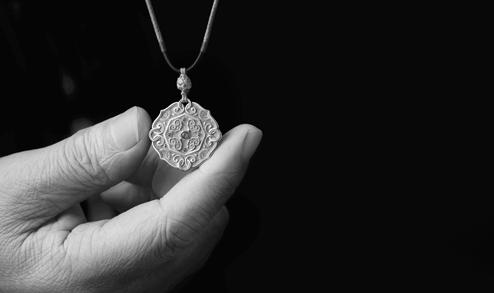
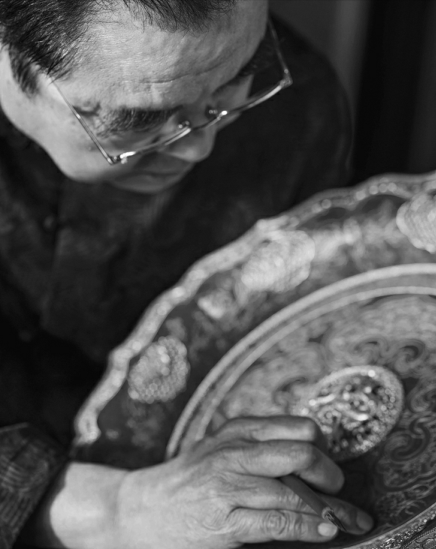
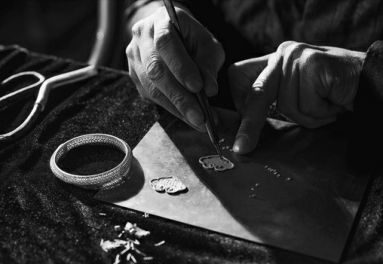
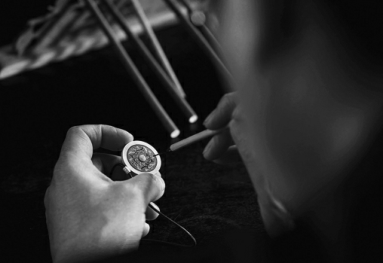
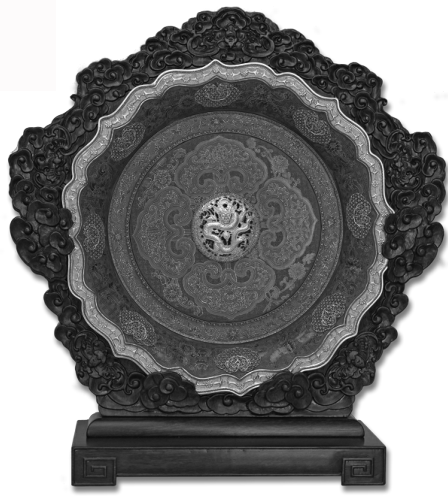
Today's Top News
- Mayors from around the world gather in Qingdao for dialogue
- Premier announces construction of Yarlung Zangbo hydropower project
- Digital countryside fueling reverse urbanization
- 'Sky Eye' helps unlock mysteries of the universe
- China offers LAC development dividend
- Future sectors to receive more play




















